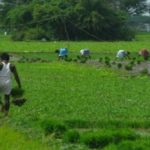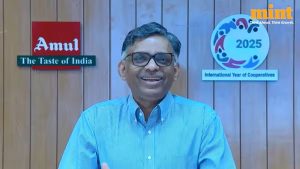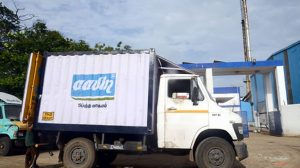
The milk cooperative, which goes by the name DHAMUL, will collect the plastic pouches used for supplying other products too and send these for recycling for construction work or for any other purpose in which such plastic is required.
K M Lohitheswara, the managing director of Dhamul, Dharwad, said: “We have not yet received any guidelines about the ban on single-use plastic. The plastic that we use is not harmful.
Despite that, we have to enforce the order if the government passes. “We have chalked out an action plan to implement a single-use plastic ban if orders are issued by the government. As per the plan, we will collect empty pouches of milk we sell to the customers mandatorily,” he added.
All the agents will be instructed to give back the empty pouches on the second day of taking the stock. “Each day, we sell 1,40,000 litres of milk, in pouches of 1 litre, 500 ml, 200 ml, 100 ml and curds, lassi, ghee and butter,” he said.
According to the sources, the Nandini milk production centre has plans to hand over the empty pouches of milk to a company which produces construction work materials from plastic by recycling it.
The Madhya Pradesh-based company is said to have a technology to convert plastic into material for asphalting roads.
Suman, a Nandini milk vendor, said it is quite difficult to collect empty pouches from customers. “We can collect from house to house, but sometimes people purchase during emergencies like marriages and other events. During such situations it is difficult to collect the empty pouches,” she said.

















